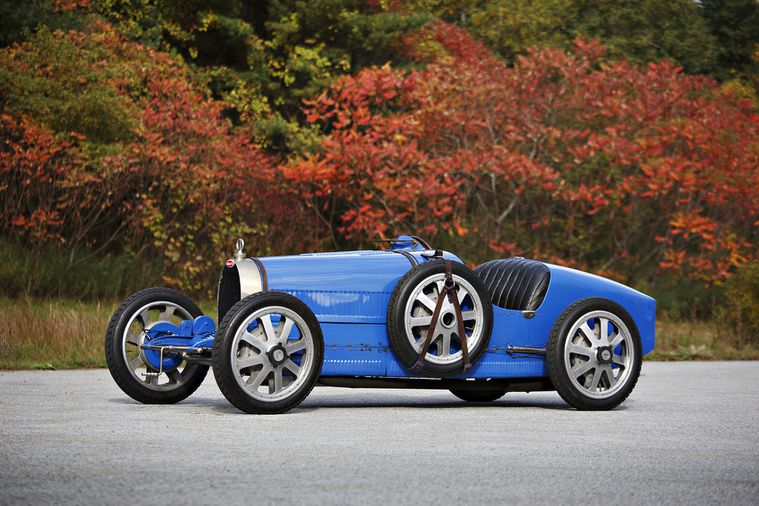Ettore Bugatti ushered in the golden years of the 1920s with Type 35.
Type 35 was the most successful of the Bugatti racing models. Its version of the Bugatti arch-shaped radiator that had evolved from the more architectural one of the Bugatti Type 13 Brescia was to become the one that the marque is most known.
Light, robust, fast and elegant. The Bugatti Type 35 is one of the most successful racing cars.
The Type 35 was incredibly successful. It secured over 2,000 victories between 1924 and 1930. It took the Grand Prix World Championship in 1926 after winning 351 races and setting 47 records in the two prior years. At its height, Type 35s averaged 14 race wins per week. Type 35 won the Targa Florio for five consecutive years, from 1925 through 1929
The Bugatti Type 35 is Bugatti’s rich history and traditional icons. In 1924, the sports car was unparalleled in its technology, design and performance, and the same still goes today.
The Type 35 was not just a racing car. It was a technical masterpiece, particularly its crankshaft, t could run at speeds of up to 6,000 rpm to power the eight pistons in the engine, which started with a capacity of just 2.0 litres. At the time, no other motor car came close to producing such power.
Following on the Type 35 B, which had a 2.3-litre eight-cylinder engine and compressor allowing power to increase up to 140 PS and its top speeds exceeded 134mph. As well as the incredible performance, the machines were renowned for their reliability and endurance.
Even in the early 1920s, Ettore Bugatti realised that, while plenty of power is vital, it has little effect in a heavy car; that’s why he relentlessly pursued lightweight construction and the best in his vehicles, more than any other engineer in the world of motorsport.
Ettore was a man before his time. Today his ethos continues.

